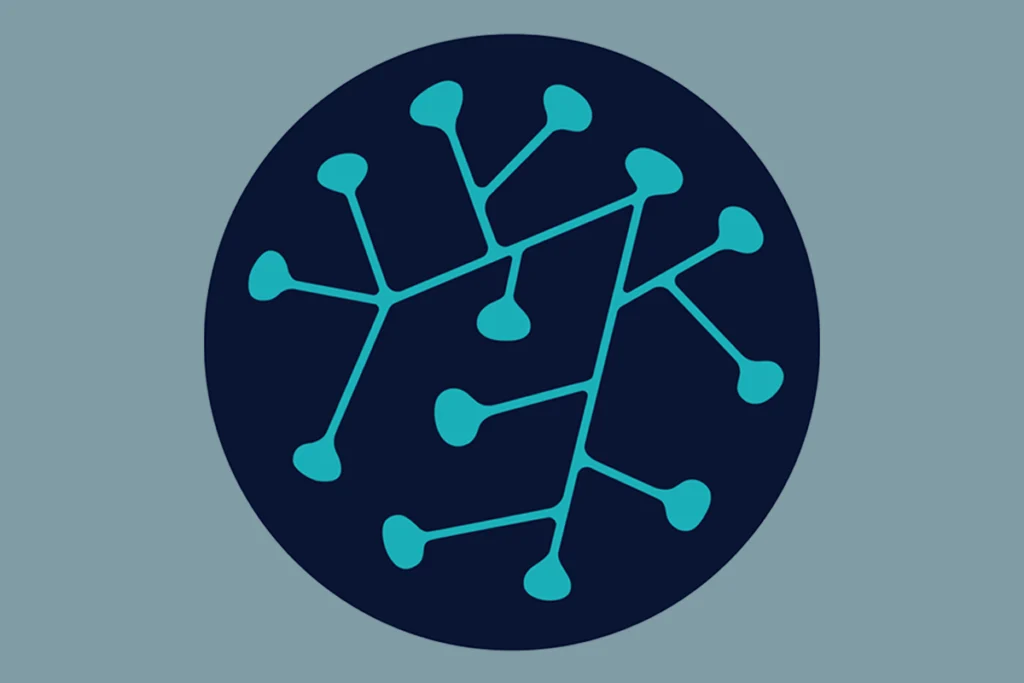Brady Huggett is features editor at The Transmitter, where he writes and edits features and long-form projects. He is also the creator and host of the “Synaptic” podcast. Before joining The Transmitter in 2022, he served as business editor at Nature Biotechnology, and prior to that was the managing editor of BioWorld.

Brady Huggett
Features editor
The Transmitter
From this contributor

Releasing the Hydra with Rafael Yuste

Timothy Ryan on his pivotal switch from studying particle physics to decoding synaptic transmission

Biosensors and being fearless with Lin Tian
Education
- M.A. in creative writing, The New School
- M.A. in journalism, University of North Carolina at Chapel Hill
- B.S. in biology from Wake Forest University in Winston-Salem, North Carolina
Explore more from The Transmitter
Snoozing dragons stir up ancient evidence of sleep’s dual nature
Deep-sleep cycling between brain waves of higher and lower amplitude dates far back on the evolutionary tree, according to a new comparative study of mammals and reptiles.
Snoozing dragons stir up ancient evidence of sleep’s dual nature
Deep-sleep cycling between brain waves of higher and lower amplitude dates far back on the evolutionary tree, according to a new comparative study of mammals and reptiles.
The Transmitter’s most-read neuroscience book excerpts of 2025
Books by Nachum Ulanovsky, Nicole Rust, and Andrew Iwaniuk and Georg Striedter made the list of some of the year's most engaging neuroscience titles.

The Transmitter’s most-read neuroscience book excerpts of 2025
Books by Nachum Ulanovsky, Nicole Rust, and Andrew Iwaniuk and Georg Striedter made the list of some of the year's most engaging neuroscience titles.
Neuroscience’s leaders, legacies and rising stars of 2025
Here are seven stories from the past year about some of the field’s most engaging figures.

Neuroscience’s leaders, legacies and rising stars of 2025
Here are seven stories from the past year about some of the field’s most engaging figures.

